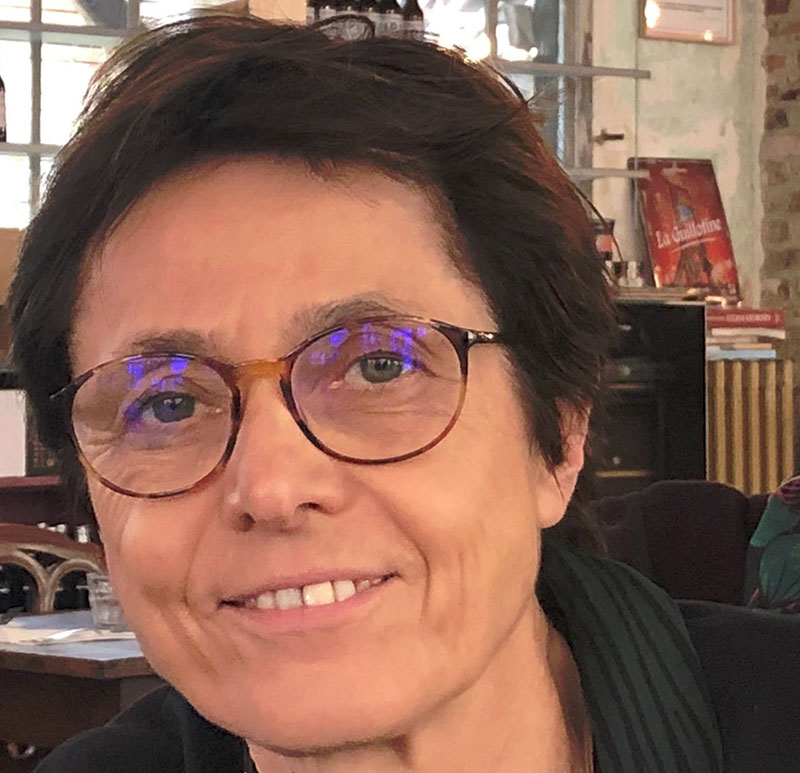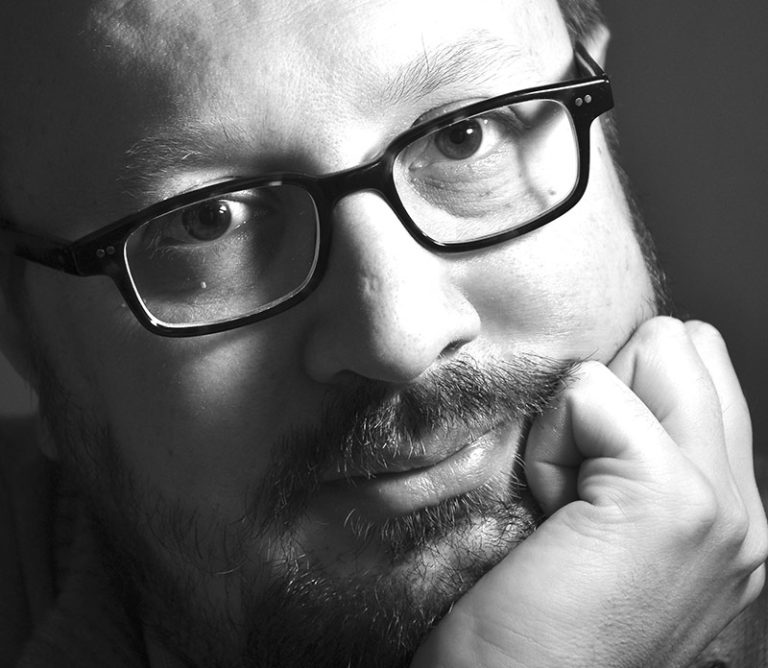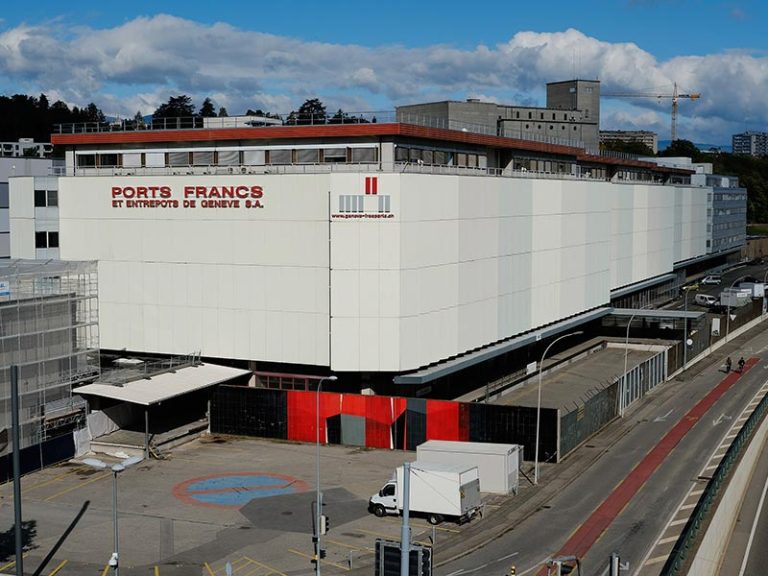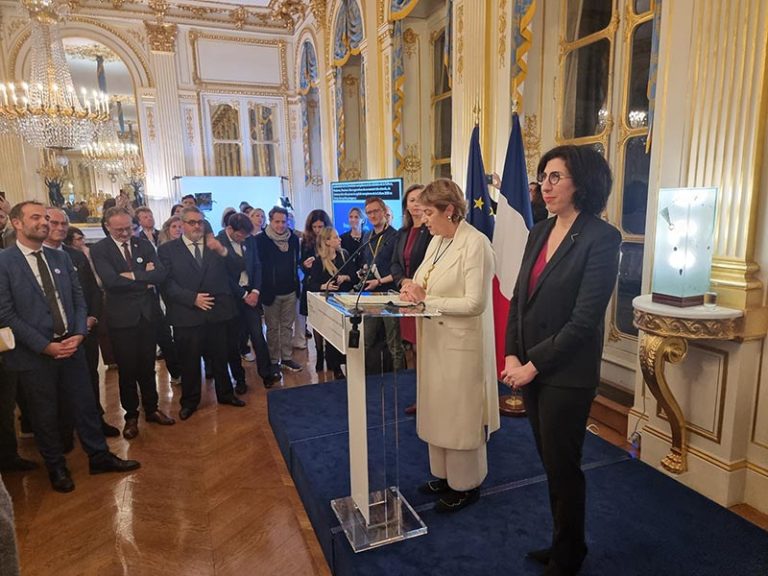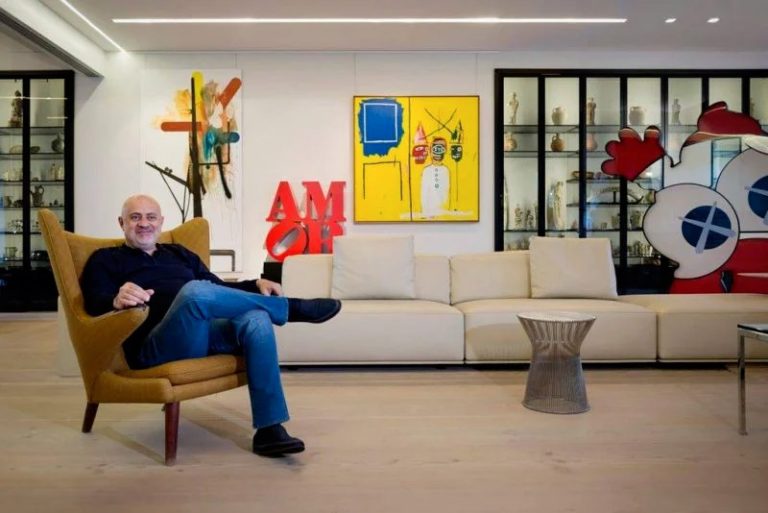Chantal de Singly, president of the Société des Nouveaux patrons, discusses the functioning of this system which allows groups of citizens to order works of art in a context of general interest.
What is the origin of this 1901 law association and its current structure?
For around thirty years, the Fondation de France managed this system, created by the artist François Hers. The Foundation was the link between the sponsors and the mediators it paid. In 2020, the Fondation de France wanted to hand over control; around twenty mediators then formed an association to continue to manage this system. The Ministry of Culture agreed to finance the association through a multi-year agreement, but stressed the need to adopt external governance; I was therefore appointed to its presidency in 2022. The board of directors was also expanded. It now counts among its members personalities such as Alexia Fabre, the director of the School of Fine Arts, Martin Béthenod, Jean-François Chougnet, Marie-Pierre Bouchaudy, the artist Marie Voignier…
The New Sponsors action allows individuals to order works of art from artists for the general interest. How does this work?
Concretely, we start from a request (develop a new neighborhood, build links between residents, promote heritage, etc.). The role of mediators is to translate this request into specifications and find the artist capable of responding, then to ensure that the work is produced.
How is this program funded?
The association has two main funders, the Ministry of Culture and the Fondation de France. We are very happy to have found other support from the Daniel and Nina Carasso Foundation, which is providing us with a grant for 2024 in order to develop our action. Our budget currently allows us to finance two salaries: a management position and a project manager. We need money to run the association, but we also need means to produce works of art. The association of New Sponsors finances the start of the order by paying the mediators for the time they devote to dialogue with the sponsors, to the development of the specifications and to the search for the artist. The next step, the completion of the work, remains to be financed, knowing that we strive to be vigilant upstream about its feasibility.
What are the average production amounts of the works?
They range between 40,000 and 100,000 euros. We do not set a ceiling. At the start, the Fondation de France financed the production and certain works were able to exceed this sum.
Samuel Bianchini, Rebreathing, citizen order carried out as part of the New Sponsors action, Pitié Salpêtrière Hospital, Paris. Preview image of the device, embroidery prototype produced by Atelier Montex.
© Samuel Bianchini
© Adagp Paris 2024
How many works have been produced since the creation of this system in the 1990s, and have you noticed an evolution in requests?
More than 500 works have been produced, including 400 in France (the New Sponsors also have relays in Belgium, Germany, Italy, etc.). Expectations reflect the concerns that run through society: the relationship with the environment, biodiversity, living things are very present themes. The projects that result from these requests are often at the intersection of art and science. The answers come from artists in dialogue with doctors, researchers, like the work Rebreathing by Samuel Bianchini, which will be inaugurated in October at the Pitié Salpêtrière hospital in Paris.
Are these works documented and can we consult their inventory?
There is a draft inventory on the Belgian site www.nouveauxcommanditaires.eu. We are currently working on our own database. It is obvious that we need a resource center of everything that has been produced, with classification by discipline, by location… The creation of an up-to-date website is one of our priorities and as such appears in the multi-year agreement signed with the Ministry of Culture.
What should you wish for in the coming years?
We need to be better known to the public and more identified by artists as cultural actors. Especially since the Ministry of Culture wants the expertise that we have developed to be used, for example, by local authorities, within the framework of development projects in contact with citizens. We have expertise in this area. In order for us to transmit it, it must be formalized. For the moment, there is a diploma preparation for the profession of mediator at the University of Lille. We are exploring partnerships with other universities.

